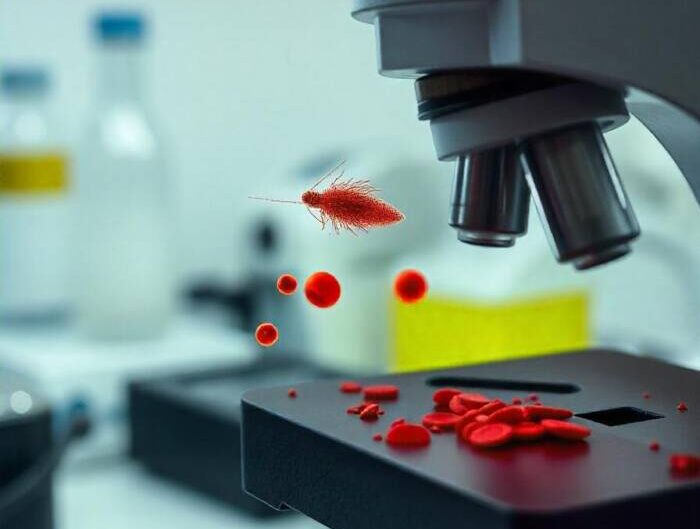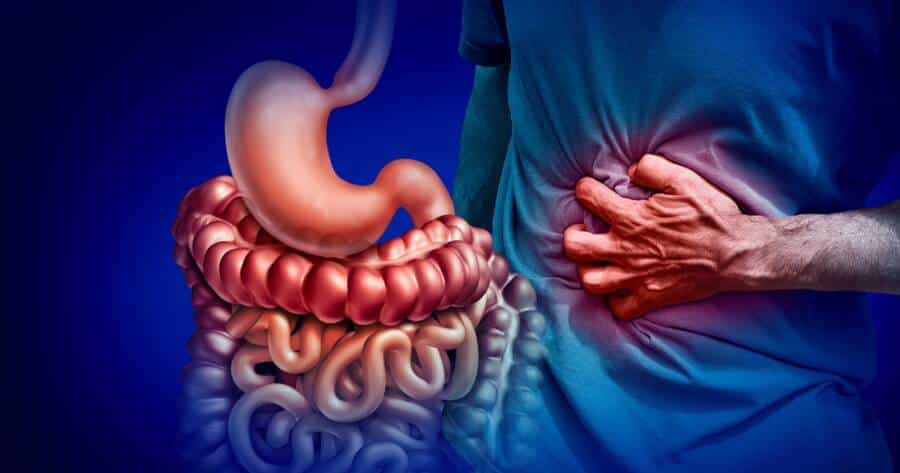Here’s what you need to know about Chagas Disease, which is spread by kissing bugs.
Despite the cute name, kissing bugs are far from being friends. The American Heart Association (AHA) warned about Chagas disease, which is a serious illness that can cause digestive and heart problems.
It was once believed that Chagas disease is limited to Central and South America, but AHA reports that over 300,000 people are currently infected in the US. It’s important to take this disease into consideration because it’s known to lead to strokes, heart failure, irregular heartbeats, and even sudden death. AHA emphasizes how crucial it is for health care providers, but also for the public, to recognize and prevent it from spreading further.

1. How Chagas Disease Spreads – it’s pretty gross
Chagas disease is spread by bugs, as we mentioned before, known as kissing bugs. The process is not for the weak. These bugs carry a parasite called Trypanosoma cruzi, which is the actual cause of the disease, according to the CDC.
Let’s break down the process: Kissing bugs get infected with T. cruzi when they feed on the blood of animals already carrying it. What happens next: kissing bugs are going to feed on sleeping people. The reason they are called kissing bugs is related to them biting people on the face when they sleep. Yes, unpleasant.
2. How the parasite gets into your body
If you’re ready for more, we have more gross information. After they bite, the Kissing Bugs place their feces infested with T. cruzi near the bite. The parasite can enter through the bite wound, a cut, the mouth, or your eyes.
Rubbing or scratching the area makes it easier for the parasite to get inside, and they multiply and spread the disease. Infectious disease experts say that because all is happening when you sleep, avoiding scratching is not as simple as it sounds because people scratch in their sleep without realizing it.
3. More ways for the disease to spread
The spreading process sounds a bit creepy, right? However, bites are not the only way to get infected with T. cruzi. There are other ways people can contract this infection, such as eating raw food contaminated with feces from infected bugs or being born to an infected mother. A blood transfusion or organ transplant from someone with T. cruzi or spending time in areas with animals that are infected are also ways to get an infection. However, the most common way people get the infection is through kissing bugs.
The good news is that not all kissing bugs carry the parasite, but if you live in areas where these bugs are common, it’s better to be aware and keep in contact with your doctor about the risk of infection.

4. Recognize the signs
It’s pretty unlikely to catch a kissing bug in action, so it’s important to know the symptoms of Chagas disease.
According to the CDC, there are two phases: the first one is the acute phase, occurring in the first weeks or months after getting infected. During this time, you can notice symptoms like fever, fatigue, rash, and headache. You might even observe mild swelling on your spleen or liver, swollen glands, and localized swelling where the parasite enters your body (called chagoma).
There is a specific symptom of Chaga disease called the Romana sign, causing swelling of your eyelids on the side of your face where the bite took place.
However, there are people with no symptoms during this phase, and even if symptoms go away on their own, when the infection is untreated it can progress to the chronic phase and develop more serious problems.
5. The chronic phase of Chagas disease
This phase shows up 10 to 20 years after the infection, according to the Mayo Clinic. During this time, it can remain symptom-free or it can lead to complications such as an irregular heartbeat, heart failure, sudden cardiac arrest, trouble swallowing due to an enlarged esophagus, or abdominal pain caused by an enlarged colon. CDC lets us know that only 30% of people with Chagas develop these complications.
When the infection is caught early, treatments work amazingly, so if you suspect anything, always see your doctor for a blood test as soon as you can. After Chagas’s diagnosis is made, medical teams usually do heart and digestive system checks to look for any complications.
Chagas can progress into Chagas heart disease if left untreated, and this is what AHA is the most concerned about. This condition can lead to heart failure, serious issues like blood clots, and sudden death.
6. How worried should you be, and how should you protect yourself?
Chagas disease can be serious, but the reality is that most people in the US are not at risk. AHA says that most cases in the US are found in people immigrating from areas in Latin America where the disease is common. The risk of being infected in the US is still low.
Infectious disease experts talk about reports of infections in Texas, where kissing bugs live, but transmission is very geographically limited outside of that.
Even if the risk is low, take precautions if you live or travel to a region where kissing bugs are common.
Keep in mind these rules:
- Avoid sleeping in mud, catch, or adobe houses where the bugs may actually hide to live.
- Use a bed net treated with an insecticide before sleeping.
- Spray insecticides to remove the bugs from your home.
- Wear insect repellent.

7. How to stay safe and why awareness matters
Prevention is key when it comes to Chagas disease, especially if you have kissing bugs around you. These bugs thrive in warm climates and usually hide in crevices, cracks, and thatched roofs. Protect yourself by focusing on keeping your home bug-free: seal any gaps in walls, use insecticides when needed, and keep outdoor lights away from your house since they attract bugs.
Keep in mind that even pets can bring bugs inside, so make sure they sleep indoors and their bedding is always checked and clean.
Chagas affects millions of people globally and is a major public health concern in Latin America. More and more cases are being reported in non-endemic countries like the US, plus parts of Europe, due to immigration and travel.
The tricky part about Chagas is that it often goes undetected, and in its early stages, symptoms can be mild or even nonexistent, making the disease easy to overlook. Testing involves an easy blood test, and medications such as benznidazole and nifurtimox are very effective when the infection is detected early. If it’s left untreated and it progresses to the chronic phase, it might lead to life-threatening complications.
This is why awareness is so important. Chagas disease is not just a problem for the affected areas; it is becoming a global health concern. It’s crucial to educate health professionals and the public to ensure early detection and treatment, which can reduce the risk of severe complications. Specialists emphasize that the focus should be on recognizing the disease and its presence and not necessarily panicking about individual risks.
The chances of catching Changa disease are still low in the US, but taking precautions and staying informed can go a long way in keeping yourself and your loved ones safe.
Read next: Celebrities with Type 2 Diabetes
If you want to dive deeper into this topic, here is a book that you can find on Amazon, The Kissing Bug: A True Story of a Family, an Insect, and a Nation’s Neglect of a Deadly Disease, by Daisy Hernández.












